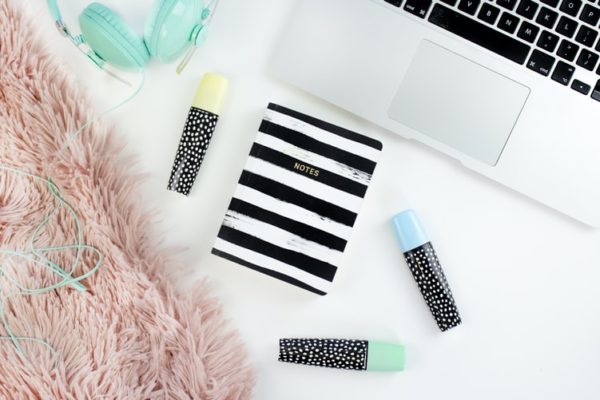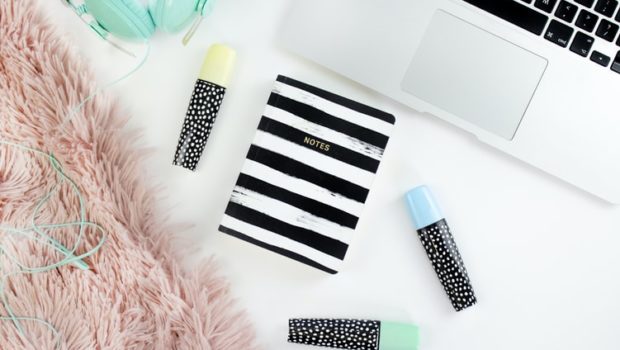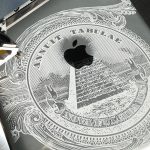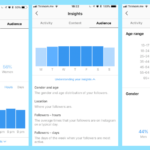How Technology is Giving the Beauty Industry a Makeover
Whether you’re selling cupcakes on the side of the street, or you’re a representative of a large, multi-national conglomerate, chances are – high-tech gadgets and software have already found a way to weasel themselves in your job routine.
Let’s take making a sale, for example.
While selling a hotdog in the street for cash still works like a charm, many vendors nowadays also offer the option of food delivery to your home – and the way you order the food is either by phone or online.
Attracting customers is one of the parts of running a business that’s to a large extent already been moved online.
Business owners will pay a good buck nowadays for online exposure, as the number of people using the Internet seems to still be growing every day.
Now, when it comes to the impact that technology has had on commerce worldwide, the beauty industry is not an exception.
Not only that, but it would be safe to say that the beauty industry is headed for a level of automation and high-tech assisted customer management that way overshoots what the folks in the food industry are doing at the moment, for example.

In this article, we’re going to explain how this gradual, but certain change is happening and we will talk about what you can expect in the future in this regard.
Here’s the deal.
‘Try-On’ Apps
One of the biggest problems women report about buying makeup is that it often doesn’t look the same way as it was advertised when you put it on.
There are many factors responsible for this occurrence.
The most common one is that different people, even within the same race, have slightly different skin tones. So, applying one nuance of a product to your skin that’s supposed to go on lighter skin, for example, can leave you with underwhelming results.
Or, on the other hand, if your skin is particularly pale, a shade of foundation you bought can make your skin look comically dark, which is even worse than the situation in the paragraph above.
To take care of this situation, the folks at many beauty companies have devised a special new breed of apps called – ‘try-on apps’.
It’s a natural progression, in a way, from those Instagram filters that allow you to add dog ears to you and sunglasses and other cheeky objects.
These apps work in the same way. You place your face in front of a phone camera that’s got one of those apps installed and then you type in what sort of foundation you want, for example. Next, the app will automatically apply the designated makeup to your face, so you can see in advance how you would look if you bought it.
There are also apps like this that work for lashes, lipsticks, and other parts of facial makeup. An up-and-coming makeup artist can use some of these apps, for example, and pair it up with their skills to give a better service to their customers.
Also, attending online makeup courses such as an online lash course, or a specialized foundation-applying course can be a great way to expand your makeup expertise.
Robotic Makeup Tools
Yup, you’ve read that right.
There are already gadgets out there that you can use to paint your face pretty much the same way those robotic paint machines apply paint to a negatively charged car body at BMW, for example.
Although these contraptions are still early in their development, we already know something of their working principle.
The way it goes is that the little foundation-applying thingy will scan your face first to detect its shape, color, and any imperfections.
Then, it will apply small amounts of whatever makeup you fill its tank with directly to your face through spraying. Ideally, you should have a perfectly ‘painted’ face at the end of this curious process – without ever having to use a brush or a pencil.
3D Makeup App
The title of this section might be a tad misleading, to be fair.
The thing is, that’s how the trend we’re going to talk about is called, so we have no other choice than to call it how it’s called.
3D makeup doesn’t mean you’re going to apply some material on your face and then have higher cheekbones for an evening. (Although, the technology may as well be going down that road, too, who knows.)
Instead, 3D makeup refers to a special subsection of apps that allow you to apply something similar to an Instagram ‘filter’ to your photos or videos where you can look as if you have some object on your face that follows its contours.
That said, it’s questionable whether this counts as makeup, but since it’s technology-related and we don’t know what tomorrow brings in this regard, we’re including it here anyway.
Computerized Skincare
There’s an app out there that rates your skin and tells you in detail about the condition is in.
Regarding the way it functions, it’s pretty much the same principle as the 3D stuff from the section above. You log in to the app, place your face in front of your phone’s camera, push some buttons, and then wait for the thing to produce a verdict.
Other than evaluating the state of your skin, this app will also give you tips and even recommend specific products that you can use to make whatever number you’ve received once the scan was over.
Personalized Foundation
Since any company worth its salt within the rapidly-expanding beauty industry will have thousands upon thousands of products to offer to their customers, there sprung a need to make the customer feel more comfortable when it comes to choosing a shade of foundation, for example, for their skin type.
This is where personalized foundation gadgets come into play.
There are contraptions out there nowadays that will scan your skin and then recommend you some tips on what sort of foundation would go well with your skin tone.
Since these gadgets are supposed to complement whatever product line the company in question has got to offer, they are typically developed by that company, too.
So, while not every famous beauty company has its special breed of these tools, it is highly likely that the beauty businesses that aren’t on board with this yet will soon adopt something similar to this soon enough.
All in all, as is the case with every other field on the largely computerized global market of today, the beauty industry seems also to be going the way of its peers – which is the high-tech way.
The bottom line is, getting technology involved in the beauty industry will inevitably complicate it somewhat, but it also opens up new exciting opportunities for learning and providing your clients with the best possible beauty service.










![Making Movies – DIY Guide [Infographic]](https://technofaq.org/wp-content/uploads/2016/08/diy_movies-150x150.jpg)




